
Explore the core of
Distributed power?
It does exactly what it says, it’s a system
that distributes everything!
How did we build our distributed computer?
Well, we rely on two key concepts:
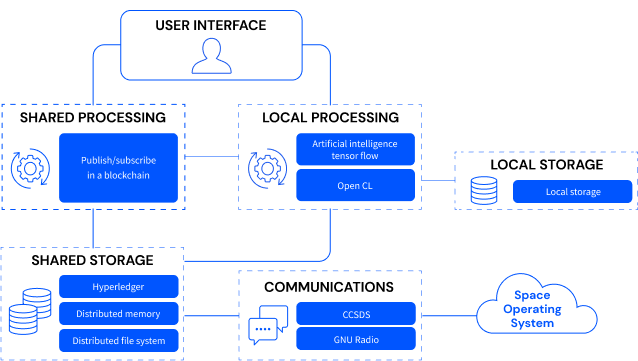
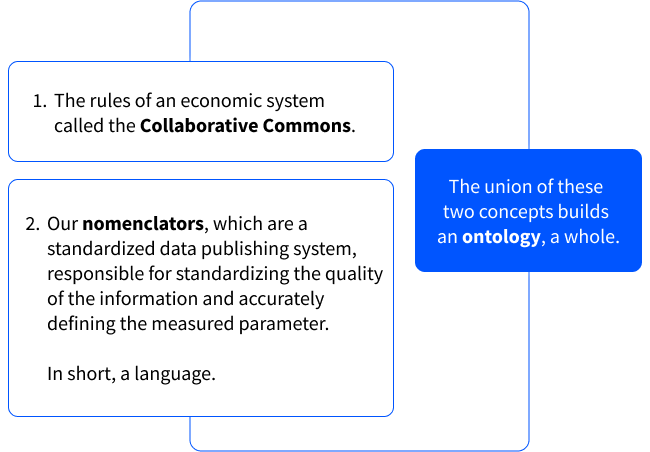
To communicate with each other, the entire network must speak the same language and for this we developed IPFS, a content-based addressing system, so we do not depend on the location of the transmitters, THUS improving latency and scalability, anywhere in the world.
As for the overall network , we use Distributed Hash Tables (DHT) with which we set up a peer-to-peer network as a layer ON TOP OF the Internet.
In terms of our resource economy and its economic flow, for the creation of digital assets (fungible or non-fungible), these are accessed by an API in a simple way. We implemented an EVM-compatible blockchain that enables the application of more sophisticated smart contracts for the advanced business logic of resource usage.
An important feature of this blockchain is that they it is only accessible to actors who have sufficient credentials to access their respective blockchains.
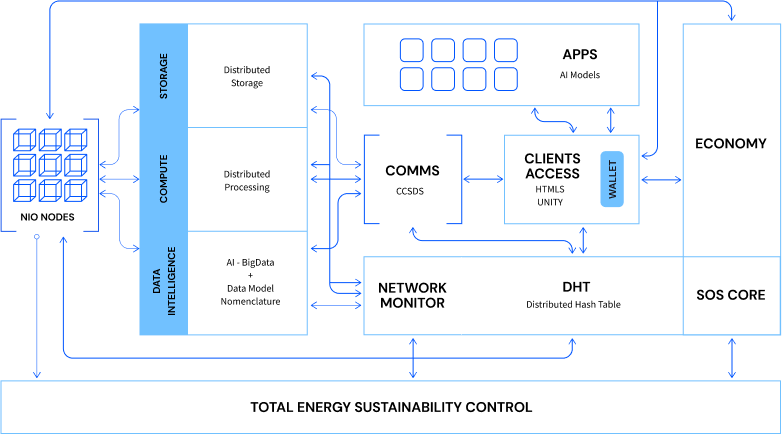
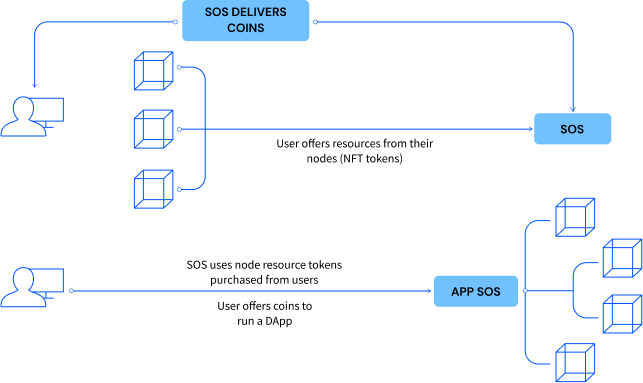
These networks are deployed on proprietary nodes that provide all the resources for the operation of the respective networks.
Since resources are tangible things that are consumed or lost if not used, we can associate them to an NFT. This fulfills two premises of our collaborative system. Resources can be abundant and recurrent (a node always generates the same amount of computation and storage over time) but has a finite number that can be saturated on demand.Resource sharing by itself guarantees neither availability nor underutilization (with few resources instant access to many).
As the energy equation of our complete system must be 0 or less than 0, nodes must pay the SOS ecosystem with resource tokens if they need energy from the network to function. In the case of generating their own energy and being in surplus, they will receive tokens in return.
3-Level Enabler
Hierarchy
of Collaborative Economics
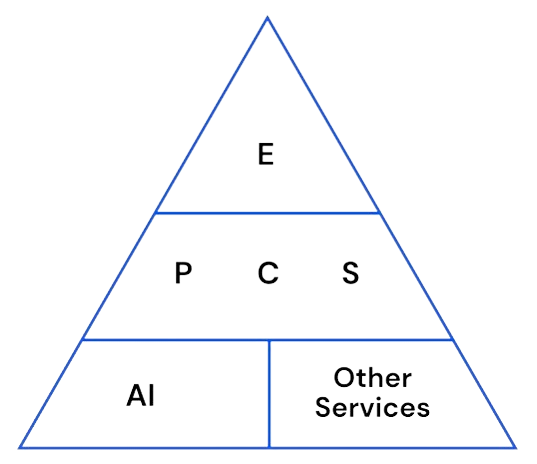
Resource Level 1
Resource Level 2, and is a function o L1
Resource Level 3, and a function of L1, L2
Become a super user of all your devices!
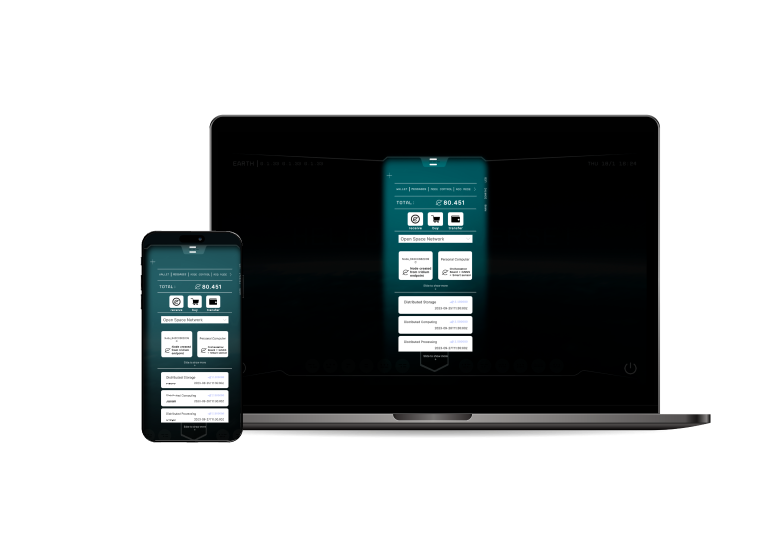
Enable all of the devices in your cluster with the same operating system so you can distribute all the power within them to optimize your resources.
Administrate the resources of your cluster with a few simple steps in a user-friendly graphic interface to access complete control of all your own nodes.
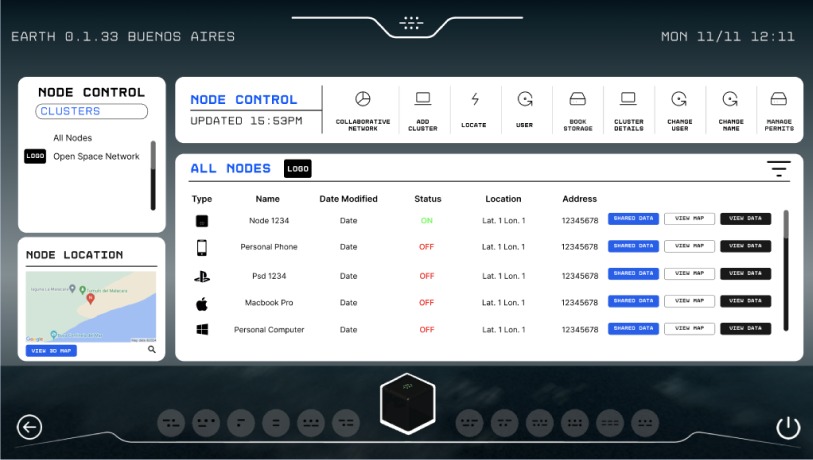
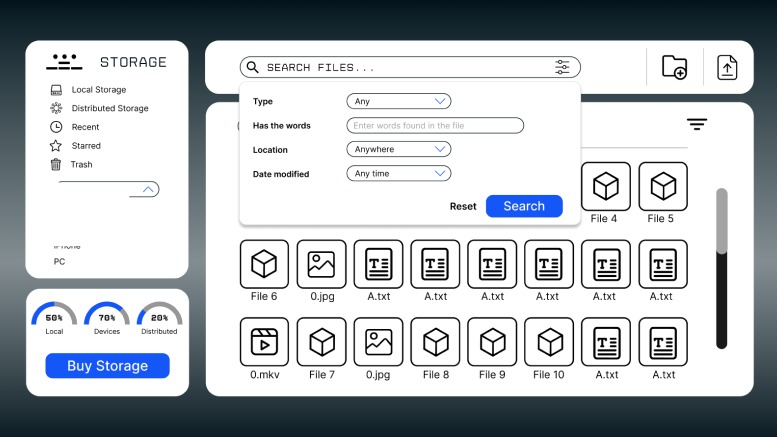
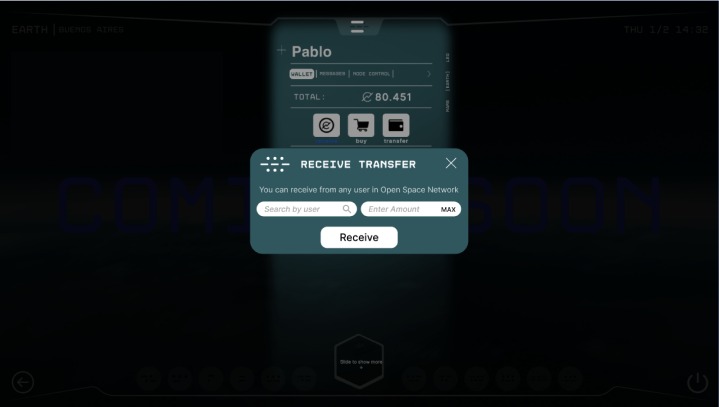
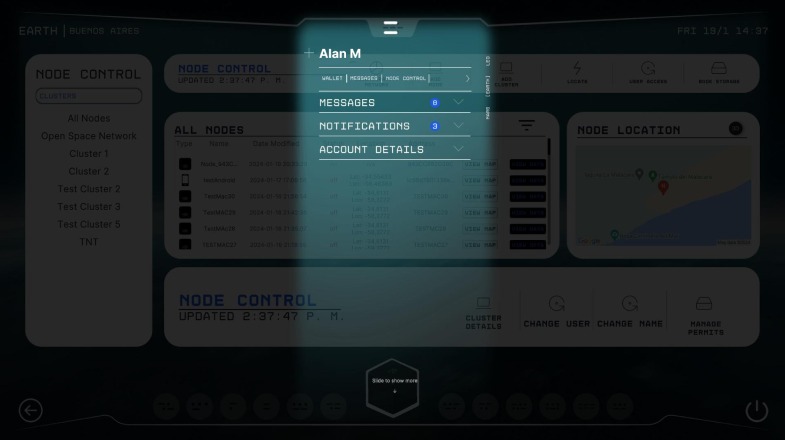
By adding a NIO node into your cluster you can send messages and transfers without an internet connection.